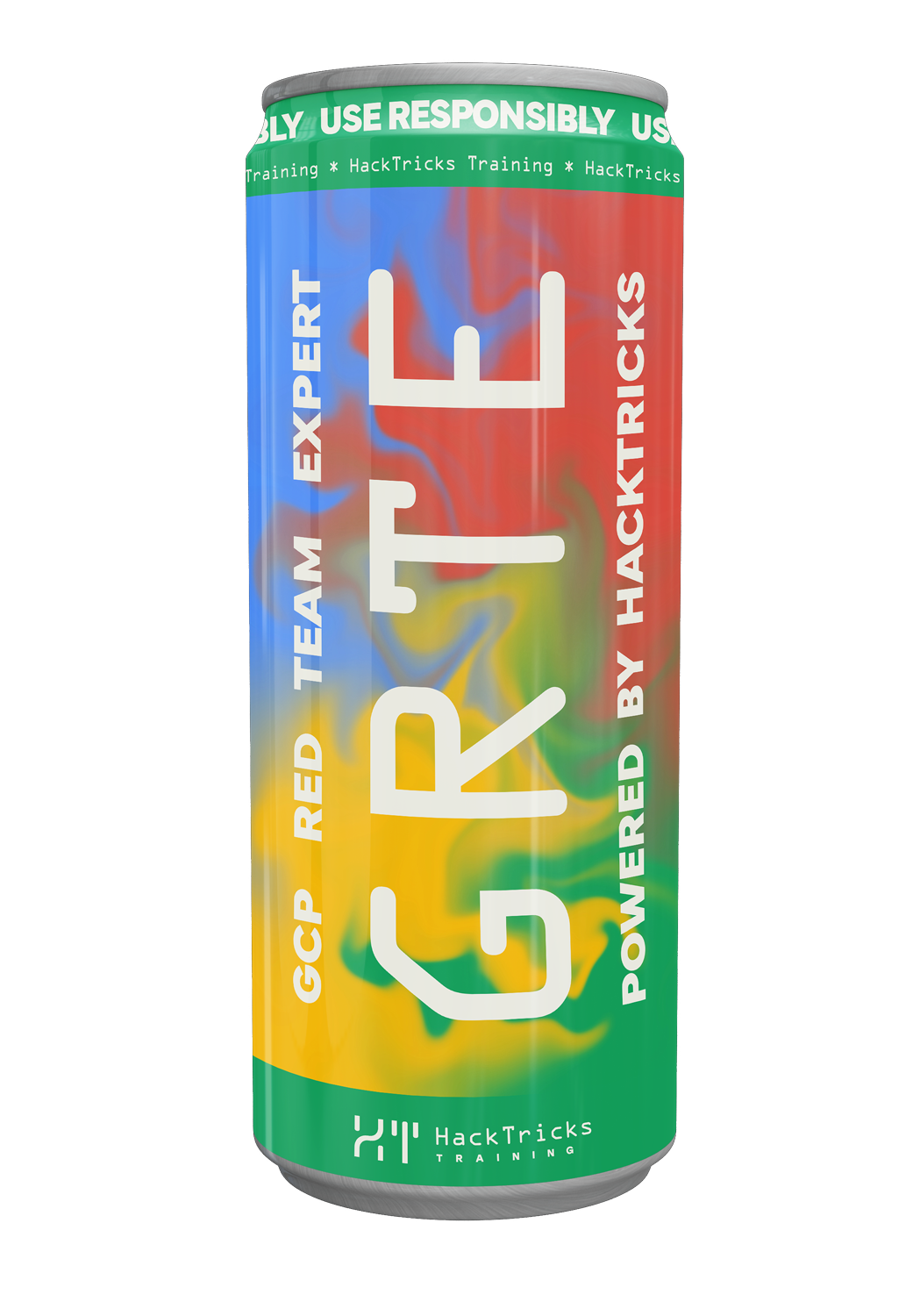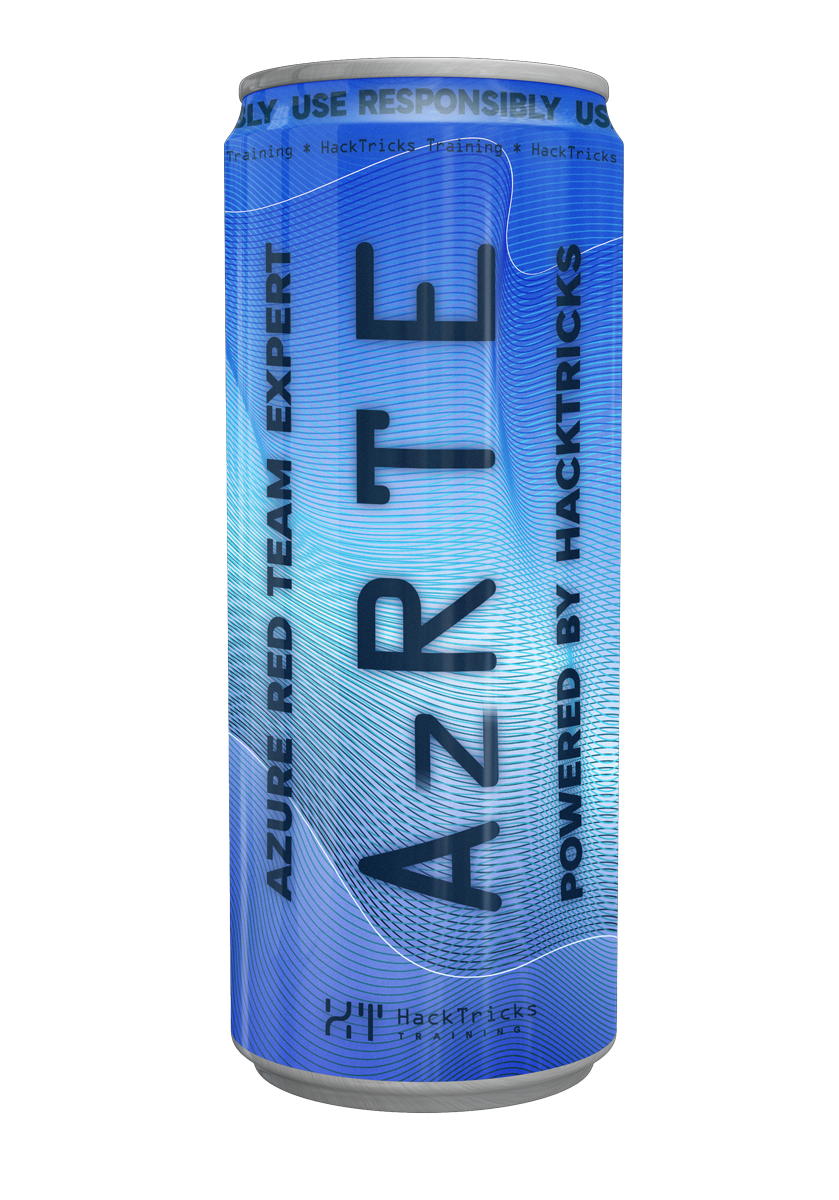AWS - S3 Unauthenticated Enum
Reading time: 9 minutes
tip
Impara e pratica il hacking AWS: HackTricks Training AWS Red Team Expert (ARTE)
HackTricks Training AWS Red Team Expert (ARTE)
Impara e pratica il hacking GCP:  HackTricks Training GCP Red Team Expert (GRTE)
HackTricks Training GCP Red Team Expert (GRTE) Impara e pratica il hacking Azure:
Impara e pratica il hacking Azure:  HackTricks Training Azure Red Team Expert (AzRTE)
HackTricks Training Azure Red Team Expert (AzRTE)
Supporta HackTricks
- Controlla i piani di abbonamento!
- Unisciti al 💬 gruppo Discord o al gruppo telegram o seguici su Twitter 🐦 @hacktricks_live.
- Condividi trucchi di hacking inviando PR ai HackTricks e HackTricks Cloud repos su github.
S3 - Buckets pubblici
Un bucket è considerato “public” se qualunque utente può elencare il contenuto del bucket, e “private” se il contenuto del bucket può essere elencato o scritto solo da determinati utenti.
Le aziende potrebbero avere permessi del bucket mal configurati concedendo accesso oppure a tutto o a chiunque autenticato in AWS in qualsiasi account (quindi a chiunque). Nota che, anche con tali configurazioni errate, alcune azioni potrebbero non essere eseguibili perché i bucket possono avere le proprie ACL (access control list).
Learn about AWS-S3 misconfiguration here: http://flaws.cloud and http://flaws2.cloud/
Trovare i bucket AWS
Diversi metodi per scoprire quando una pagina web usa AWS per conservare alcune risorse:
Enumeration & OSINT:
- Utilizzare il plugin browser wappalyzer
- Usare burp (spidering del sito) o navigando manualmente nella pagina tutte le risorse caricate saranno salvate nella History.
- Controllare le risorse in domini come:
http://s3.amazonaws.com/[bucket_name]/
http://[bucket_name].s3.amazonaws.com/
- Controllare i CNAME poiché
resources.domain.compotrebbe avere il CNAMEbucket.s3.amazonaws.com - s3dns – Un DNS server leggero che identifica passivamente cloud storage buckets (S3, GCP, Azure) analizzando il traffico DNS. Rileva CNAME, segue catene di risoluzione e rileva pattern di bucket, offrendo un'alternativa silenziosa al brute-force o alla scoperta tramite API. Perfetto per workflow di recon e OSINT.
- Controllare https://buckets.grayhatwarfare.com, un sito con bucket aperti già scoperti.
- Il nome del bucket e il nome del dominio del bucket devono essere uguali.
- flaws.cloud è su IP 52.92.181.107 e se ci vai ti reindirizza a https://aws.amazon.com/s3/. Inoltre,
dig -x 52.92.181.107restituisces3-website-us-west-2.amazonaws.com. - Per verificare che sia un bucket puoi anche visitare https://flaws.cloud.s3.amazonaws.com/.
Brute-Force
Puoi trovare bucket effettuando brute-force sui nomi correlati all'azienda che stai pentestando:
- https://github.com/sa7mon/S3Scanner
- https://github.com/clario-tech/s3-inspector
- https://github.com/jordanpotti/AWSBucketDump (Contiene una lista con possibili nomi di bucket)
- https://github.com/fellchase/flumberboozle/tree/master/flumberbuckets
- https://github.com/smaranchand/bucky
- https://github.com/tomdev/teh_s3_bucketeers
- https://github.com/RhinoSecurityLabs/Security-Research/tree/master/tools/aws-pentest-tools/s3
- https://github.com/Eilonh/s3crets_scanner
- https://github.com/belane/CloudHunter
# Generate a wordlist to create permutations
curl -s https://raw.githubusercontent.com/cujanovic/goaltdns/master/words.txt > /tmp/words-s3.txt.temp
curl -s https://raw.githubusercontent.com/jordanpotti/AWSBucketDump/master/BucketNames.txt >>/tmp/words-s3.txt.temp
cat /tmp/words-s3.txt.temp | sort -u > /tmp/words-s3.txt
# Generate a wordlist based on the domains and subdomains to test
## Write those domains and subdomains in subdomains.txt
cat subdomains.txt > /tmp/words-hosts-s3.txt
cat subdomains.txt | tr "." "-" >> /tmp/words-hosts-s3.txt
cat subdomains.txt | tr "." "\n" | sort -u >> /tmp/words-hosts-s3.txt
# Create permutations based in a list with the domains and subdomains to attack
goaltdns -l /tmp/words-hosts-s3.txt -w /tmp/words-s3.txt -o /tmp/final-words-s3.txt.temp
## The previous tool is specialized increating permutations for subdomains, lets filter that list
### Remove lines ending with "."
cat /tmp/final-words-s3.txt.temp | grep -Ev "\.$" > /tmp/final-words-s3.txt.temp2
### Create list without TLD
cat /tmp/final-words-s3.txt.temp2 | sed -E 's/\.[a-zA-Z0-9]+$//' > /tmp/final-words-s3.txt.temp3
### Create list without dots
cat /tmp/final-words-s3.txt.temp3 | tr -d "." > /tmp/final-words-s3.txt.temp4http://phantom.s3.amazonaws.com/
### Create list without hyphens
cat /tmp/final-words-s3.txt.temp3 | tr "." "-" > /tmp/final-words-s3.txt.temp5
## Generate the final wordlist
cat /tmp/final-words-s3.txt.temp2 /tmp/final-words-s3.txt.temp3 /tmp/final-words-s3.txt.temp4 /tmp/final-words-s3.txt.temp5 | grep -v -- "-\." | awk '{print tolower($0)}' | sort -u > /tmp/final-words-s3.txt
## Call s3scanner
s3scanner --threads 100 scan --buckets-file /tmp/final-words-s3.txt | grep bucket_exists
Loot S3 Buckets
Dato un bucket S3 aperto, BucketLoot può automaticamente cercare informazioni interessanti.
Trovare la Region
Puoi trovare tutte le region supportate da AWS su https://docs.aws.amazon.com/general/latest/gr/s3.html
By DNS
Puoi ottenere la region di un bucket con un dig e nslookup facendo una richiesta DNS sull'IP scoperto:
dig flaws.cloud
;; ANSWER SECTION:
flaws.cloud. 5 IN A 52.218.192.11
nslookup 52.218.192.11
Non-authoritative answer:
11.192.218.52.in-addr.arpa name = s3-website-us-west-2.amazonaws.com.
Verifica che il dominio risolto abbia la parola "website".
Puoi accedere allo static website andando su: flaws.cloud.s3-website-us-west-2.amazonaws.com
oppure puoi accedere al bucket visitando: flaws.cloud.s3-us-west-2.amazonaws.com
Provando
Se provi ad accedere a un bucket, ma nel nome di dominio specifichi un'altra regione (per esempio il bucket è in bucket.s3.amazonaws.com ma provi ad accedere a bucket.s3-website-us-west-2.amazonaws.com), allora ti verrà indicato il luogo corretto:
.png)
Enumerating the bucket
Per testare l'apertura del bucket un utente può semplicemente inserire l'URL nel proprio web browser. Un bucket privato risponderà con "Access Denied". Un bucket pubblico elencherà i primi 1.000 oggetti che sono stati memorizzati.
Open to everyone:
.png)
Private:
.png)
Puoi anche verificarlo usando la cli:
#Use --no-sign-request for check Everyones permissions
#Use --profile <PROFILE_NAME> to indicate the AWS profile(keys) that youwant to use: Check for "Any Authenticated AWS User" permissions
#--recursive if you want list recursivelyls
#Opcionally you can select the region if you now it
aws s3 ls s3://flaws.cloud/ [--no-sign-request] [--profile <PROFILE_NAME>] [ --recursive] [--region us-west-2]
Se il bucket non ha un nome di dominio, quando si tenta di enumerarlo, inserire solo il nome del bucket e non l'intero dominio AWSs3. Esempio: s3://<BUCKETNAME>
Modello di URL pubblico
https://{user_provided}.s3.amazonaws.com
Ottieni l'ID account da un Bucket pubblico
È possibile determinare un account AWS sfruttando la nuova S3:ResourceAccount chiave di condizione della policy. Questa condizione limita l'accesso in base al bucket S3 in cui è presente un account (altre policy basate sull'account limitano in base all'account in cui si trova il principal che effettua la richiesta).\
E poiché la policy può contenere wildcards, è possibile trovare il numero dell'account una cifra alla volta.
Questo tool automatizza il processo:
# Installation
pipx install s3-account-search
pip install s3-account-search
# With a bucket
s3-account-search arn:aws:iam::123456789012:role/s3_read s3://my-bucket
# With an object
s3-account-search arn:aws:iam::123456789012:role/s3_read s3://my-bucket/path/to/object.ext
Questa tecnica funziona anche con API Gateway URLs, Lambda URLs, Data Exchange data sets e persino per ottenere il valore dei tags (se conosci la tag key). Puoi trovare più informazioni nella original research e nello strumento conditional-love per automatizzare questo sfruttamento.
Confermare che un bucket appartiene a un account AWS
Come spiegato in this blog post, se hai i permessi per elencare il contenuto di un bucket è possibile confermare l'accountID a cui il bucket appartiene inviando una richiesta come:
curl -X GET "[bucketname].amazonaws.com/" \
-H "x-amz-expected-bucket-owner: [correct-account-id]"
<?xml version="1.0" encoding="UTF-8"?>
<ListBucketResult xmlns="http://s3.amazonaws.com/doc/2006-03-01/">...</ListBucketResult>
Se l'errore è “Access Denied” significa che l'ID dell'account era sbagliato.
Email usate per root account enumeration
Come spiegato in this blog post, è possibile verificare se un indirizzo email è collegato a un account AWS provando a concedere permessi a un'email su un S3 bucket tramite ACLs. Se questo non genera un errore, significa che l'email è un root user di qualche account AWS:
s3_client.put_bucket_acl(
Bucket=bucket_name,
AccessControlPolicy={
'Grants': [
{
'Grantee': {
'EmailAddress': 'some@emailtotest.com',
'Type': 'AmazonCustomerByEmail',
},
'Permission': 'READ'
},
],
'Owner': {
'DisplayName': 'Whatever',
'ID': 'c3d78ab5093a9ab8a5184de715d409c2ab5a0e2da66f08c2f6cc5c0bdeadbeef'
}
}
)
Riferimenti
- https://www.youtube.com/watch?v=8ZXRw4Ry3mQ
- https://cloudar.be/awsblog/finding-the-account-id-of-any-public-s3-bucket/
tip
Impara e pratica il hacking AWS: HackTricks Training AWS Red Team Expert (ARTE)
HackTricks Training AWS Red Team Expert (ARTE)
Impara e pratica il hacking GCP:  HackTricks Training GCP Red Team Expert (GRTE)
HackTricks Training GCP Red Team Expert (GRTE) Impara e pratica il hacking Azure:
Impara e pratica il hacking Azure:  HackTricks Training Azure Red Team Expert (AzRTE)
HackTricks Training Azure Red Team Expert (AzRTE)
Supporta HackTricks
- Controlla i piani di abbonamento!
- Unisciti al 💬 gruppo Discord o al gruppo telegram o seguici su Twitter 🐦 @hacktricks_live.
- Condividi trucchi di hacking inviando PR ai HackTricks e HackTricks Cloud repos su github.
 HackTricks Cloud
HackTricks Cloud